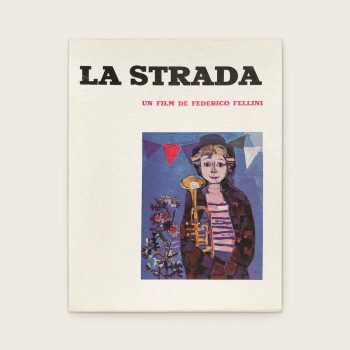
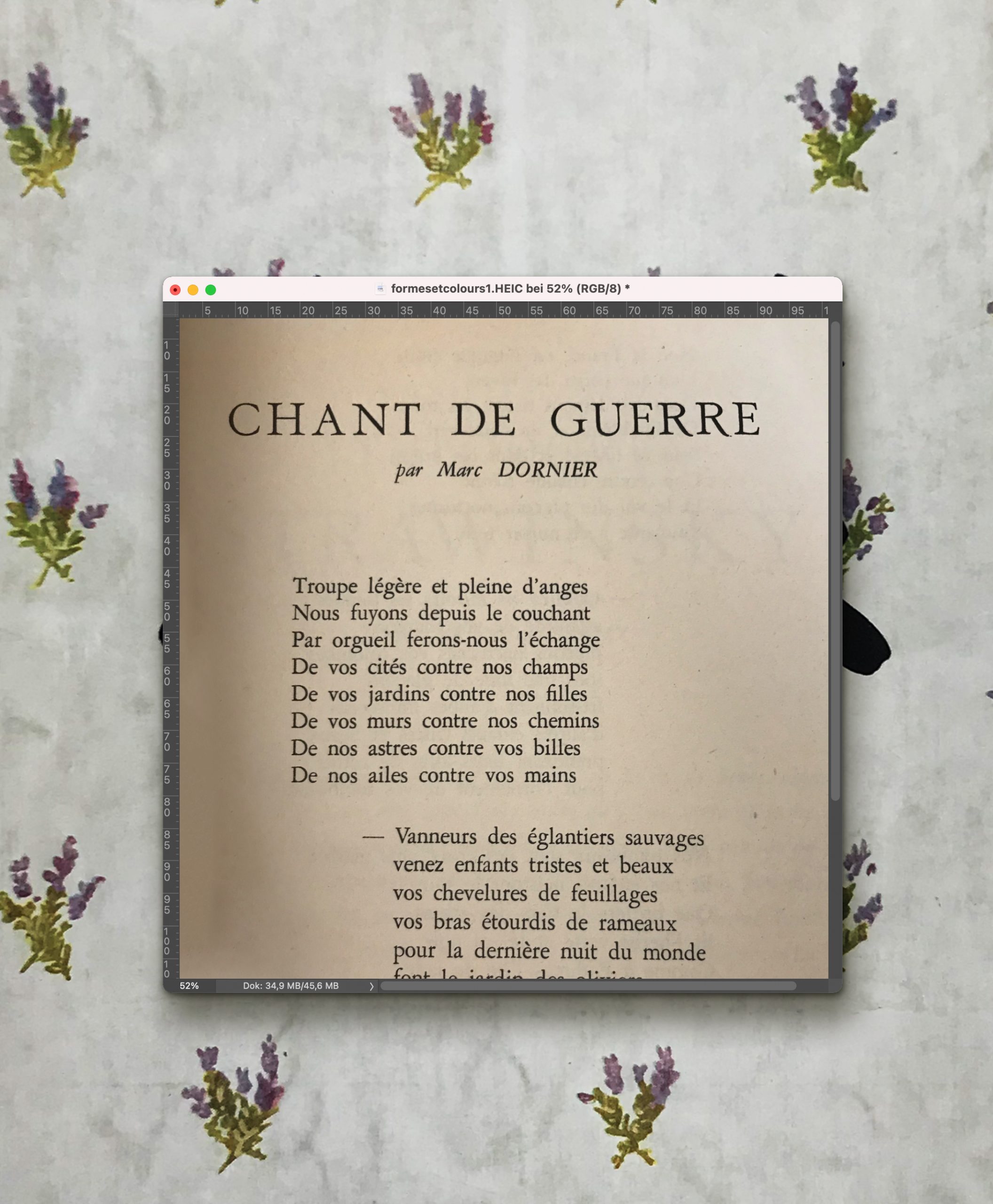
Chant de Guerre is one of Chris Marker’s first poems, which appeared in Formes Et Couleurs N°1 1945, under one of his early pseudonyms, Marc Dornier.
Just a year later in 1946, Esprit magazine published one of Marker’s first short stories, Les vivants et les morts – this time under one of his other psyeudonyms, Chris Mayor.





The Catholic left-wing journal Esprit was Chris Markers main outlet at the beginning of his career. Esprit was founded in 1932 by Emmanuel Mounier, the leading figure of French personalism.
By adressing current problems of human coexistence, such as the relationship between economics and ethics or communism and Christianity, Esprit made an important contribution to the philosophy of personalism.
Mounier’s editorial policy for Esprit concludes:
“Esprit caters to no single orthodoxy; a free journal, addressed to free men, it seeks the truth without claiming always and in all matters to be correct”
Between 1946 and 1956, Chris Marker was a regular contributor for Esprit. In this time he wrote over seventy articles ranging from poetry, short stories, political and cultural essays, to book and film reviews. Whereby most of his writings where short texts in Esprit’s celebrated column Journal à plusieurs voix.
Marker’s first known and often overlooked text in Esprit, Les vivants et les morts, is a poetic reflection on post-war Paris, published in the May issue of 1946, under the pseudonym Chris Mayor, a name Marker used to sign his first writings for Esprit.
Till the end of time, an apocalyptic short story, anticipating Marker’s most famous film La Jetée, appeared one year later, signed as Chris Marker.

In the stimulating intellectual climate of postwar France, numerous independent associations for popular education arose immediately after the Libération. One of them was the group Peuple et Culture, of which Joseph Rovan served as one of their directors.
In 1946, Rovan was invited by the French military administration to participate in the reconstruction of the German cultural sector. For this purpose, he initiated several Franco-German seminars in Germany, presenting not only literature and theater, but also films. André Bazin, then head of the film department of Travail et Culture and Chris Marker, who assisted Bazin in his daily work in the film department, assured Rovan of their help.
In October 1946, the first Franco-German seminar took place in the youth hostel of Titisee in the Black Forest. Over time, the seminars were held annually in the French sector in Germany and became more and more exclusively dedicated to film.
Towards the end of 1947, Chris Marker founded and edited the first issues of DOC magazine under the name Chris Villeneuve. DOC was designed entirely in the spirit of Popular et Culture for popular animateurs, and contained a selection of literary extracts, background information on works of literature, music, art and film, and tips on how to work successfully with these materials in the context of popular education.
As German counterpart to the magazine, Joseph Rovan launched DOK in 1949. Unlike the French DOC, which appeared between 1947 and 1950 with 39 issues, DOK published only three issues and ended in 1950 with this special issue.
This extremely scarce special issue DOK 50 Heft 3: Sondernummer Film und Kultur. 3, was published on the occasion of the International Film Club Conference in 1950. Joseph Rovan thanks Chris Marker in his introduction of this issue for, “the coherence and richness of the content, as well as the symbolic design of the cover”.

Cahiers du Cinéma, was one of the most influential magazines in the history of film, founded in 1951 by André Bazin, Jacques Doniol-Valcroze, and Joseph-Marie Lo Duca. Lead by film critic André Bazin, 33-years-old at that time, Cahiers du Cinéma was the driving force for establishing film as a recognised art form. Before making their own films, these young critics attacked in their writings the traditional French cinema as, le cinéma de papa [old fogeys’ cinema], and exalted the director as the individual author [la politique des auteurs] of the film.


During the early 1950s, Chris Marker first texts and reviews were published in Cahiers du Cinéma. In 1953 Chris Marker was working for UNESCO, traveling Central and North America. During this time, he wrote three extended pieces on developments in the U.S. and Mexican cinema for Cahiers du Cinéma: Lettre de Mexico; Lettre de Hollywood. Sur trois dimensions et une quatrième; and Le Cinérama.

Peuple et Culture is a national movement of popular culture founded in 1944 by Benigno Cacérès and Joffre Dumazedier in Grenoble. Their idea was to carry forward the cultural class solidarity that they believed had been forged in the Résistance. One of Peuple et Culture’s main concern was to, “give culture back to the people and give the people back to culture”.
Others, such as the political journal Esprit or the publishing house Éditions du Seuil, pursued the same ideals of popular education and the distribution of culture. Aiming to stimulate discussion and engagement in the popular education movement, Peuple et Culture collaborated with Éditions du Seuil to create the series Regards Neufs, which was intended as a pedagogical tool for educators.
Chris Marker was directly involved in three issues, or so called manuals of the Regards Neufs series, published between 1952 and 1954, documenting Marker‘s versatility as a writer, designer, and editor. Marker co-edited Regards sur le mouvement ouvrier with Benigno Cacérès and contributed several important essays to Regards neufs sur le cinéma, and Regards neufs sur la chanson, the latter of which he also designed and edited.

While working for Éditions du Seuil in 1955, Marker co-edited with Juliette Caputo, under the direction of Francis-Régis Bastide, a truly wonderful book on Fellini’s masterpiece La Strada.
Chris Marker and Juliette Caputo playfully combined film stills and illustrations with text, continuing the collaboration they had begun a year earlier with the Petite Planète series.
In addition to the outstanding design, the book includes an essay by André Bazin and interviews with Giulietta Masina and Federico Fellini.




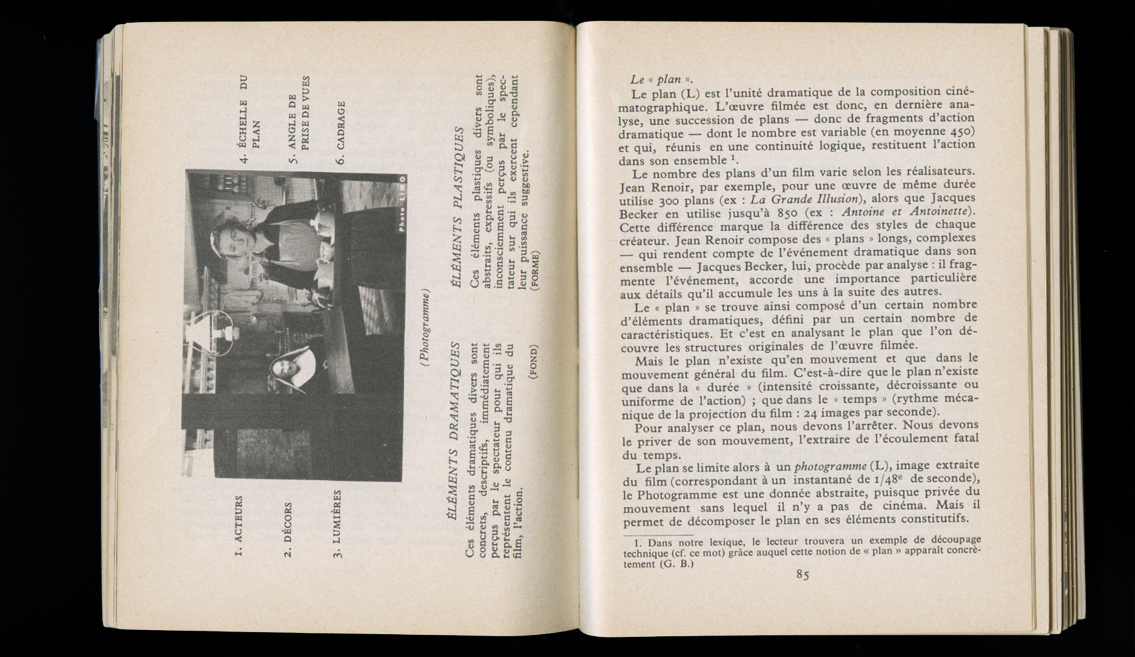
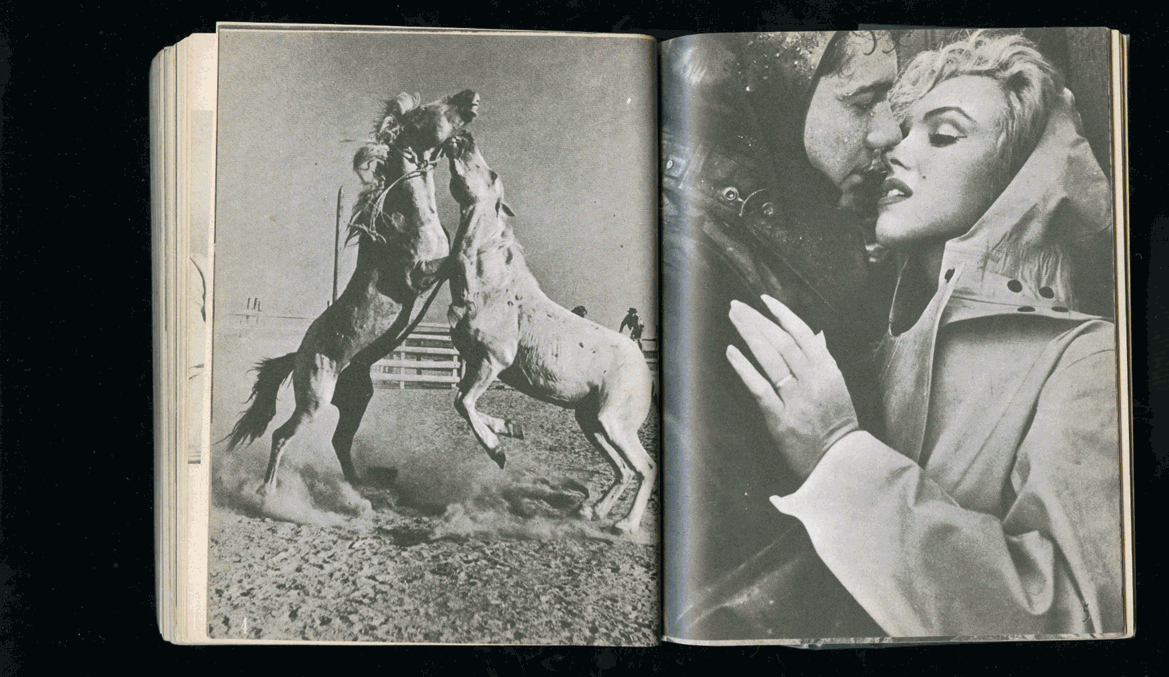
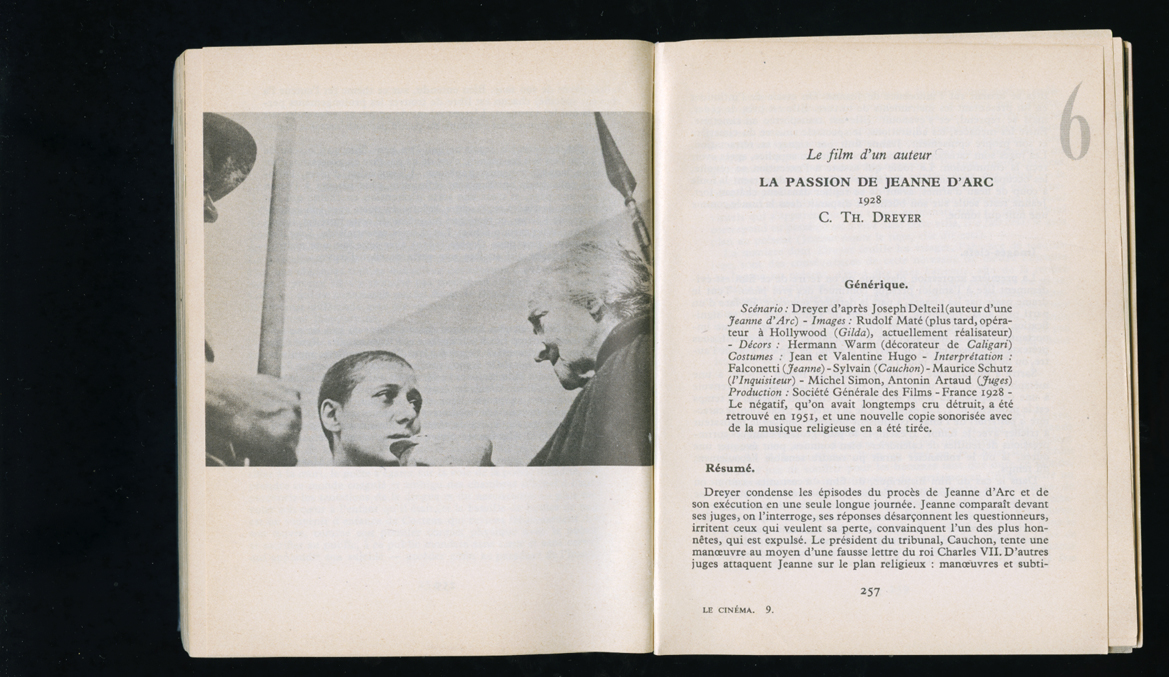





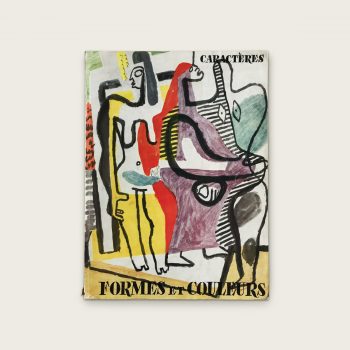

![Esprit [9 issues 1946-1950] [Chris Marker]](https://chunkingbooks.com/wp-content/uploads/2021/06/esprit_1-350x350.jpg)
![Esprit [9 issues 1946-1950] [Chris Marker]](https://chunkingbooks.com/wp-content/uploads/2021/06/esprit_01-350x350.jpg)
![[Chris Marker] Cahiers du Cinéma N°22, N°25, N°27 [1953]](https://chunkingbooks.com/wp-content/uploads/2021/02/cahiersducine_01-350x350.jpg)
![[Chris Marker] Cahiers du Cinéma N°22, N°25, N°27 [1953]](https://chunkingbooks.com/wp-content/uploads/2021/05/cahiersducine_02-350x350.jpg)
![[Chris Marker] DOK 50 Heft 3: Sondernummer Film und Kultur. 3](https://chunkingbooks.com/wp-content/uploads/2021/03/dok_01-350x350.jpg)
![[Chris Marker] DOK 50 Heft 3: Sondernummer Film und Kultur. 3](https://chunkingbooks.com/wp-content/uploads/2021/03/dok_02-350x350.jpg)
![[Chris Marker] Cinéma 53 à travers le monde](https://chunkingbooks.com/wp-content/uploads/2021/04/7eart_01-350x350.jpg)
![[Chris Marker] Cinéma 53 à travers le monde](https://chunkingbooks.com/wp-content/uploads/2021/04/7eart_02-350x350.jpg)
